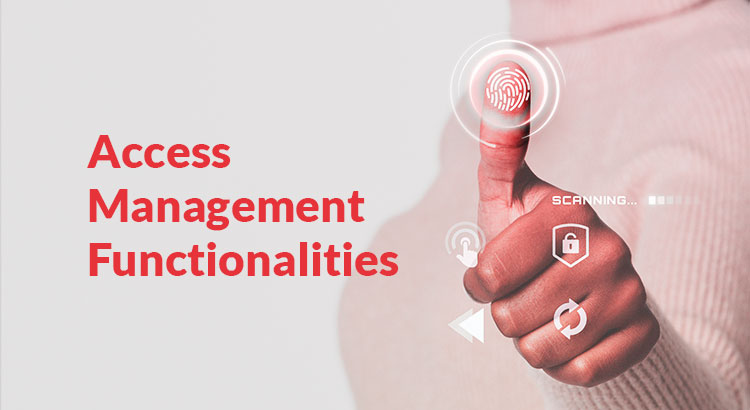Overview
Very often the two IT security practices, Privileged Access Management (PAM) and Identity and Access Management (IAM) are misunderstood or mistaken to be the same. Both these access management security solutions are commonly used in large organizations and SMEs to manage authorization, authentication and seamless monitoring of the users on a large scale. However, if we perform a hair-split analysis, both the solutions serve a slightly different purpose in the enterprise IT environment.
What is IAM?
Identity and Access Management (IAM) solution manages and controls the general end-users’ run-time access to the IT resources such as applications, network files etc. The purpose of the IAM solution is to enhance the IT operational effectiveness along with governing and managing the life-cycle of a large number of internal and external identities.
What is PAM?
Privileged Access Management (PAM) is a subset of IAM that controls and manages the privileged users’ access to the critical IT resources of an enterprise. It’s a secured method of allowing access to a set of end-users called as privileged users- the super users with elevated privileges or administrative rights to access highly sensitive and confidential data, network devices among other critical IT assets whether hosted on-premise or on-cloud.
What are the Commonalities between IAM & PAM?
Role-based Access: Both IAM and PAM controls user access based on user roles and revokes the access rights once the task is over. It is not necessary that every user requires access to every application. Hence, role-based access is the first step towards a robust security goal where predefined sets of permissions are set to accomplish specific tasks.
Multi-factor Authentication: It adds an additional layer of security that is beyond just an access credential consisting of username and password. IAM authenticates predefined system-based users with OTP-based authentication, biometrics, sometimes Password-less mechanisms such as QR codes, while PAM offers robustness in access controls with adaptive authentication mechanism. It uses unique verifying parameters such as geo-location, IP address, biometric data or even typing speed of the privileged user to ensure that the user is genuine.
Seamless Monitoring: Continuous monitoring of the end-user activities is an essential security component of IAM, so as for PAM. It helps organizations to ensure that the suspicious activities are identified and notified immediately after detection, so that the IT security team can take prompt action.
Reporting: As per the demands of the regulatory standards, comprehensive audit reports of every end-user activities is mandatory in any organization. IAM helps organizations with a detailed analytic report of every user activity to the target systems. PAM customizes the report with detailed analytics of every privileged access to the target systems/ applications. It helps IT managers in improving user decision making and enables auditors to assess regulatory compliance status of the organization.
How are they Different?
IAM and PAM have some major differences too. Here are some.
| Feature | IAM | PAM |
| Users & IT Assets | After deployment, IAM helps organizations to control and manage both users and IT assets simultaneously | PAM on the other hand helps IT administrators with secured access over the IT assets in granular level and prevents any unauthorized users from misusing information assets |
| Reliability & Flexibility | The demand of IAM is more due to flexibility of deployment with any existing platform of the organization; though IAM’s flexibility can be misused easily opening up to security risks | PAM is comparatively less adaptable than IAM – it bridges the gap between flexibility and security and applies stringent access control policies for business-critical assets |
| Provisioning & Deprovisioning | IAM helps in provisioning and deprovisioning of all end users to access applications | PAM on the other hand allows only privileged users to access critical systems and applications only after verifying the authenticity of the users |
Conclusion
IAM helps enterprises to map which end-user can access which resources/ applications in the IT ecosystem. PAM, in this scenario, defines who has access permission or administrative access to IT resources. While addressing the IT security demands, enterprises ensure the access control management is successfully restored with centralized access management policy in place. With both IAM & PAM working together, it is convenient for any organization to manage overall access control policy in a secured manner.

